Text Patrícia Leite
We can find on the market wines of different types, which may have the same brand and even a similar presentation: Wines with DO, Wines with GI and Wines without a defined geographical origin. In each of these wine types, we can also find different categories: Liqueur, Semi-Sparkling, Sparkling and Still wines.
To understand the wine language and be able to choose on an informed basis, it is essential to know the types and categories of wines and the differences between them.
Legend
DO: Designation of Origin;
GI: Geographical Indication;
Demarcated Region: a winegrowing area that produces wine products with particular quality characteristics and whose name is used to designate a DO;
Bar: unit of pressure used in wines to measure the excess pressure due to carbon dioxide.
Legal classification of wines
Concerning the types of wine, the European law classifies wines since 2009 as “Wines with Designation of Origin (DO)”, “Wines with Geographical Indication (GI)” and “Wines without DO and without GI”.
“Wines with DO” are produced in a Demarcated Region and comply with the requirements of the corresponding DO, namely concerning alcohol strength, grape varieties used, vinification methods, oenological practices, organoleptic characteristics (colour, clearness, aroma and flavour), among others.
Before 2009 the “Wines with DO” were classified as “VQPRD” (Quality Wines Produced in a Specific Region), “VEQPRD” (Quality Sparkling Wines Produced in a Specific Region), “VFQPRD” (Quality Semi-sparkling Wines Produced in a Specific Region) or “VLQPRD” (Quality Liqueur Wines Produced in a Specific Region).
“Wines with GI”, usually called in Portugal “Vinhos Regionais” (Regional Wines), come from a certain area of production and comply with the requirements of the corresponding GI.
Before 2009 the “Wines with GI” were classified as “Tables Wine with GI”.
Finally, “Wines without DO and without GI”, also called simply “Wines”, do not have a specific geographical origin and were classified before 2009 as “Table Wines”.
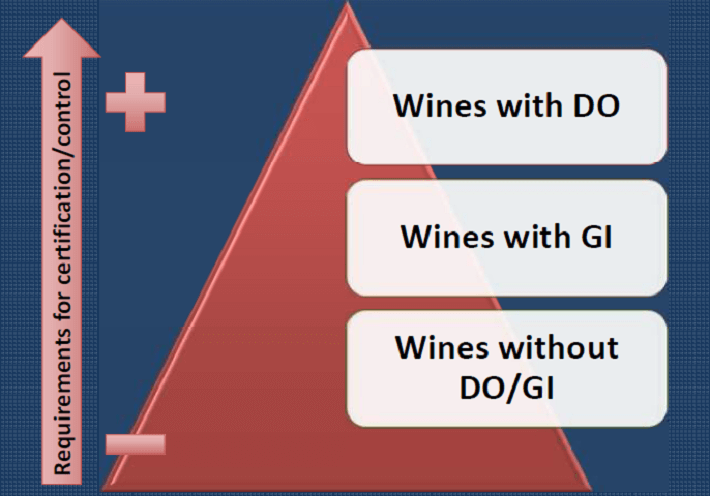
© Blend All About Wine, Lda | All Rights Reserved
EU legislation also defines the categories of wines. These categories are also defined in the first part of the “International Code of Oenological Practices“, created by OIV – International Organization of Vine and Wine (OIV), an intergovernmental organisation of a scientific and technical nature, which works as a body of reference in the wine sector. This code constitutes technical and legal reference aiming to normalization of products of vitivinicultural sector and must be used as basis in establishment of national or supra-national regulations and should be imposed in international trade issues.
The main categories are the following: Still Wine, Sparkling Wine, Semi-Sparkling Wine and Liqueur Wine. These categories can exist in “Wines with DO”, in “Wines with GI” and also in “Wines without DO and without GI”. For each type and category, the wine can be White, Red or Rosé.
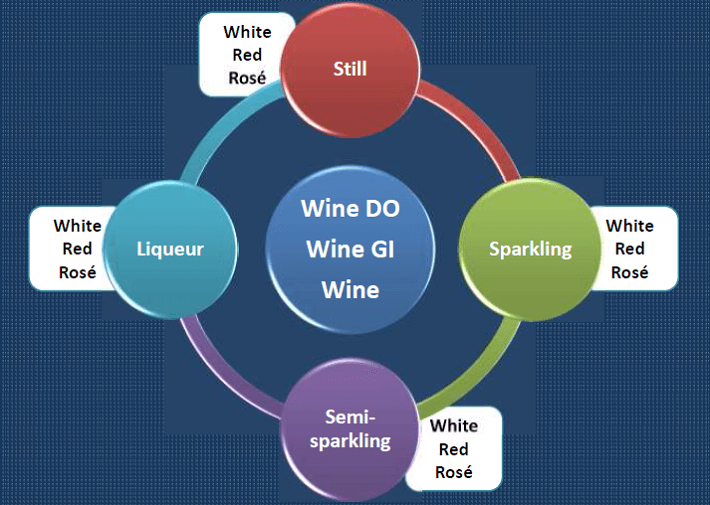
© Blend All About Wine, Lda | All Rights Reserved
In addition to these terms, we can also find on the Portuguese labels the following terms, among others:
– “Vinho branco de uvas tintas” (White wine from red grapes), when it is still and sparkling wines produced exclusively with red grapes;
– “Clarete”, if it is a light coloured red wine with an alcoholic strength of not exceeding 2,5 % volume the minimum limit set by law for the category or for the DO/GI;
– “Palhete” or “Palheto”, when it is a red wine, produced using the partial fermentation on skins of red grapes or the combined fermentation on skins of red and white grapes, with the amount of white grapes being limited to 15% of the total.
And on the labelling of Portuguese wines with DO or GI there are also others terms, called traditional terms, such as “Colheita Seleccionada”, “Escolha”, “Superior”, “Reserva”, “Garrafeira”, “Colheita Tardia”. We will address these designations in a later article.
Categories definition
The categories previously mentioned are defined on the EU rules according to the respective technical characteristics.
Still Wine is the product obtained exclusively from alcoholic fermentation; has an alcoholic strength of 8,5 % volume or 9% volume, depending on the wine-growing zone, to 15 % volume; if it is a “Wine with DO” or “Wine with GI” the alcoholic strength is between 4,5 % volume and 15 % volume; the upper limit for the total alcoholic strength may reach up to 20 % volume for wines which have been produced without any enrichment from certain wine-growing areas specifically defined and may exceed 15 % volume for wines with DO which have been produced without enrichment; has an excess pressure, due to carbon dioxide, of not more than 1 bar.
In current language, we can say that are still wines those “without gas” and also the wines “with some gas”, such as DO Vinho Verde wines.
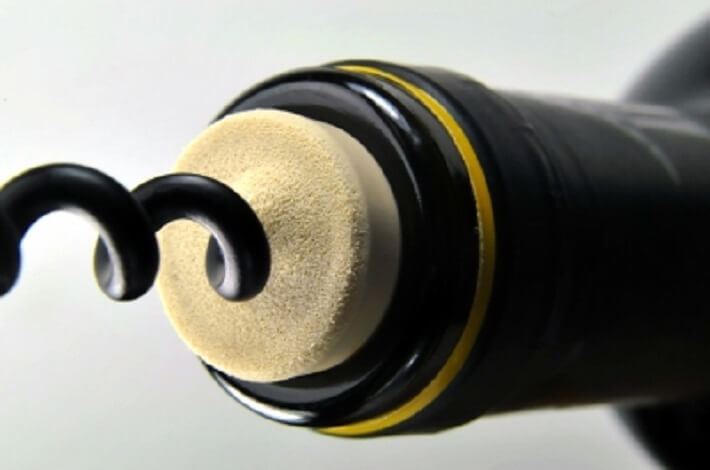
Image courtesy of Carlos Porto – in FreeDigitalPhotos.net
Sparkling Wine is the product obtained by first or second alcoholic fermentation and for which the alcoholic strength of the cuvées intended for their preparation shall not be less than 8,5 % volume; has an excess pressure, due to carbon dioxide, of not less than 3 bar and releases carbon dioxide derived exclusively from fermentation.
In turn, Quality Sparkling Wine differs from the Sparkling Wine category in regard to the minimum alcoholic strength, which is 9 % volume, and to the excess pressure, due to carbon dioxide, which is 3,5 bar.
In current language, we can say that a sparkling wine is a wine “with a lot of gas”.
As examples of Sparkling Wines with DO, there are the “Champagne” (France), the “Cava” (Spain), the “Bairrada” or the “Dão” (Portugal) sparkling wines. Therefore, we should only call “Champagne” to a sparkling wine which comes, in fact, from that Demarcated Region or DO.
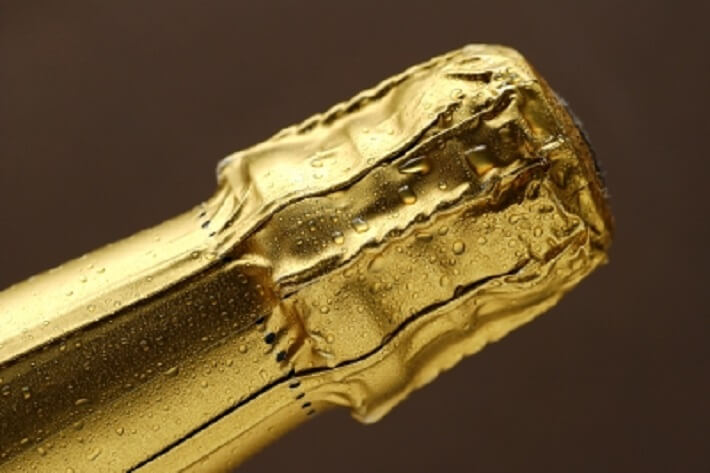
Image courtesy of Paul – in FreeDigitalPhotos.net
There are another two categories of Sparkling Wine – Aerated Sparkling Wine and Quality Aromatic Sparkling Wine:
– The first one is obtained from “Wine without DO and without GI”, has an excess pressure, due to carbon dioxide, of not less than 3 bar and releases carbon dioxide derived wholly or partially from an addition of that gas;
– The other one is a quality sparkling wine which is obtained from specific wine grape varieties, has an excess pressure, due to carbon dioxide, of not less than 3 bar and which the alcoholic strength may not be less than 6 % volume.
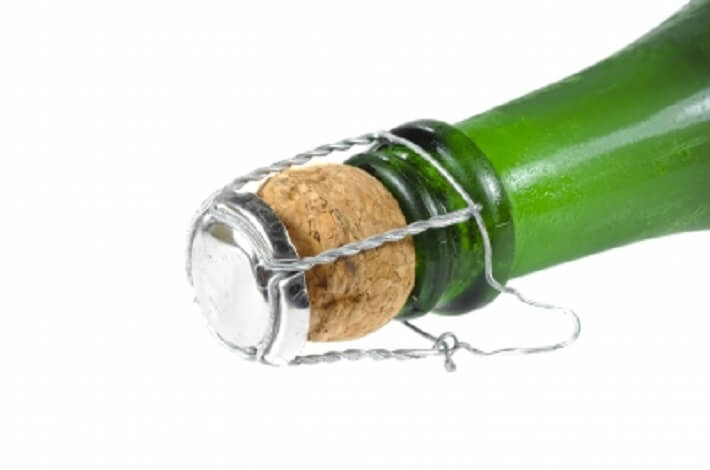
Image courtesy of Gualberto107 – in FreeDigitalPhotos.net
Semi-Sparkling Wine is, in general terms, the product which is obtained from wine; has an alcoholic strength of not less than 7 % volume and has an excess pressure, due to endogenous carbon dioxide, of not less than 1 bar and not more than 2,5 bar.
In current language, we can say that a Semi-Sparkling Wine has “more gas” than a Still Wine and “less gas” than a Sparkling Wine/Quality Sparkling Wine.
There is also the Aerated Semi-Sparkling Wine, which differs from the first one in regard to excess pressure due to wholly or partially added carbon dioxide.

© Blend All About Wine, Lda | All Rights Reserved
Finally, Liqueur Wine is, in general terms, the product obtained from grape must in fermentation, wine or a combination of the above products and has an alcoholic strength of not less than 15 % volume and not more than 22 % volume; has the addition, individually or in combination, of neutral alcohol of vine origin and wine or dried grape distillate; if it is “Wine with DO” or “Wine with GI”, the added products may be, instead of the listed above, wine alcohol or dried grape alcohol, spirits distilled from wine or from grape marc and/or spirits distilled from dried grapes.
As examples of Portuguese Liqueur Wine with DO, there are “Porto” and “Madeira” wines.
Note that sometimes Still, Sparkling and Semi-sparkling Wines are generally called “Tables Wines” in the international trade, in opposition to the Liqueur Wines, also generically called “Fortified Wines”.




Leave a Reply